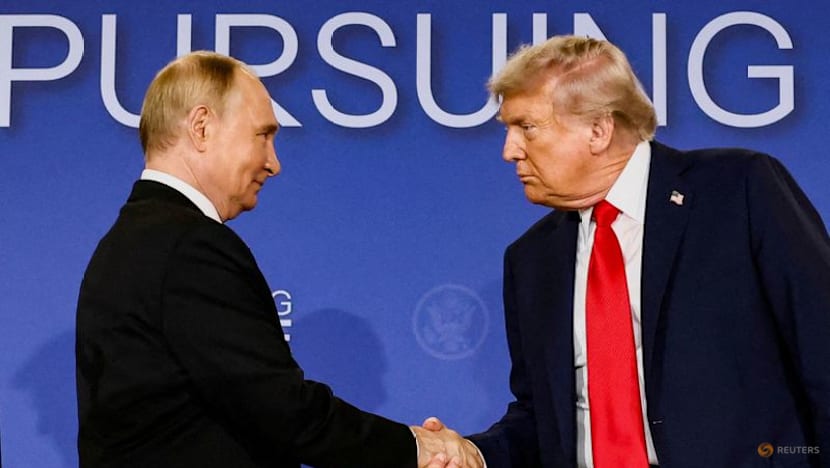Russian strikes force nationwide power cuts across Ukraine

KYIV: Ukraine imposed nationwide rolling power cuts for a second consecutive day on Thursday (Oct 16) as Russia intensified attacks on the country’s energy network amid falling temperatures, the national grid operator said.
Russian forces struck gas facilities in eastern Ukraine, causing widespread disruption in what Kyiv described as Moscow’s latest large-scale winter bombardment of its energy infrastructure.
“Due to the challenging situation in the energy system, emergency power outages have been implemented in all regions of Ukraine,” state electricity operator Ukrenergo said. The rolling cuts are designed to ration electricity, with authorities urging citizens to reduce consumption.
AFP reporters in Kharkiv said entire districts were plunged into darkness, with shops operating on generators.
RUSSIA LAUNCHES MASS STRIKES
Russia’s army said it launched a “massive strike” using ballistic missiles and drones on Ukrainian gas sites.
Naftogaz CEO Sergii Koretskyi confirmed “hits and destruction in several regions”, adding that operations at key energy facilities had been suspended.
Ukraine’s air force said 320 drones and 37 missiles were launched overnight, with 283 drones and five missiles intercepted.
“This autumn, the Russians use every single day to strike at our energy infrastructure,” President Volodymyr Zelenskyy said.
Media reports indicated that up to 60 per cent of Ukraine’s gas production has been halted and hundreds of thousands of residents remain without power.

ENERGY WAR CONTINUES
Ukraine has increasingly retaliated with drone strikes on Russian refineries and logistics hubs.
Russian-installed authorities in the Kherson region said Ukrainian attacks left nearly 100,000 people without power.
The International Criminal Court last year issued arrest warrants for two senior Russian military officials over attacks on Ukraine’s energy grid, calling them a “war crime” that caused “excessive harm” to civilians.
Kyiv has renewed appeals to Western allies for more air defence systems to protect critical energy infrastructure as winter approaches.















